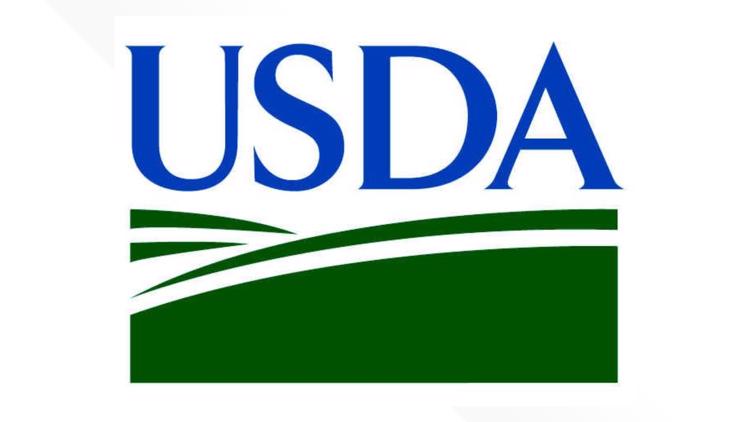NAPOLEON, Ohio — A chinchilla breeding operation near Napoleon is under fire after a U.S. Department of Agriculture veterinarian documented extreme neglect of the animals.
The report stated that there was a strong ammonia odor in the facility and one chinchilla's tailbone was exposed, while others had embedded collars, pus-filled eyes, and open wounds that "reeked of infection."
PETA representatives have also reached out to the Henry County prosecuting attorney to investigate.
"Officials must hold those responsible for leaving sick, severely injured chinchillas to languish in pain without adequate veterinary care accountable for their neglect," PETA Senior Vice President Daphna Nachminovitch said. "It's suffering like this that has PETA urging people always to adopt animals from shelters and rescue groups and never buy them from pet stores or breeders."
Here is the letter sent from PETA to the Henry County prosecuting attorney:
"Dear Ms. Howe-Gebers,
I hope this letter finds you well. I would like to request that your office (and the proper law-enforcement agency, as you deem appropriate) investigate and file criminal charges against those responsible for neglecting at least 21 sick and injured chinchillas—who had evidently been denied adequate veterinary care—at a breeding mill near Napoleon operated by Doug, Mark, Ron, and Tim Dietrich.
A U.S. Department of Agriculture (USDA) veterinarian documented the neglect in the attached reports. On November 19, 2019, federal personnel found a chinchilla suffering, with bone protruding from her bloody, severed tail, and another animal whose embedded collar exposed muscle in her bleeding neck. That report details a chinchilla in extreme pain from an open tail wound oozing pus and lists 11 other animals with crusted blood on their ears, 'unrecognizable' eyes crusted shut with green discharge and exuding pus-like material, various scabs, and hair loss. Federal officials noted that there was a 'strong ammonia odor' in the facility and that more than half the cages had 'excessive' feces or urine-soaked bedding in them.
Last month, USDA officials found another chinchilla whose collar was embedded in her neck, which had an open lesion and a mass on it. The affected skin was covered with a thick yellow-and-green discharge and smelled "pungent." A baby chinchilla's right eye was crusted shut with green discharge and, when opened, had a white, pus-like substance on it. The federal agents found five more chinchillas afflicted with yellow discharge around the eyes, a lesion, reddened and crusty skin, and other issues. Agents also found dried blood on a cage floor that was rusted, sharp, and in disrepair.
This neglect appears to violate R.C. 959.13. Importantly, USDA action does not exempt criminal liability under state law for federally licensed facilities and workers who perpetrate acts of cruelty to animals there.
Please let us know what we can do to assist you. Thank you for your consideration and for the difficult work that you do.
Sincerely,
Daniel Paden
Vice President of Evidence Analysis"
You can read the USDA report here.
This story is developing. We will continue to keep you updated.



